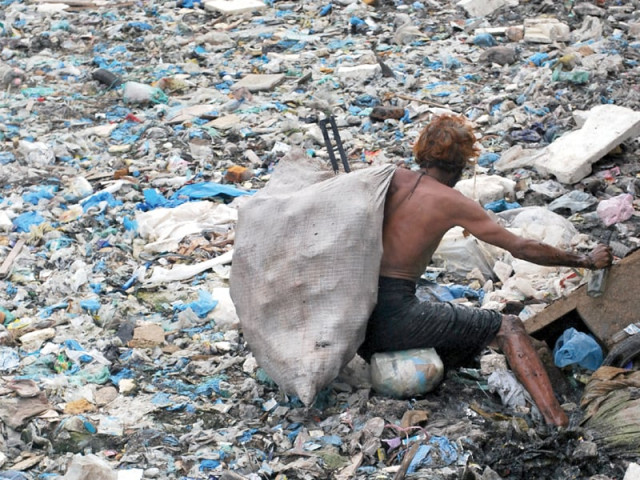
As independent economists question the authenticity of poverty figures calculated during the tenure of the previous government, the PML-N government has decided to review the methodology used to ascertain the poverty level in the country.
A meeting of the technical group on poverty, held under the chairmanship of the Federal Minister for Planning, Development and Reforms Ahsan Iqbal, also agreed to take all political parties on board to allay concerns about the data once and for all.
Leading economists attended the meeting with an aim to standardise the data and pave the way for it to be used by policymakers for poverty reduction and development in the country.
“In the past, economic data was manipulated for political reasons. We want to ensure credibility of the data at all cost,” remarked Iqbal.
He suggested that in order to tackle issues related to ascertaining the poverty line there should be a consensus-based mechanism. It was the need of the hour to determine a new poverty line, he said.

In an effort to bring transparency in the mechanism, there will be an open forum in which all stakeholders including politicians, academia, economists and experts will participate. This will provide credibility, acceptance, authenticity and ownership to poverty figures.
A committee, constituted by the Planning Commission in 2012, had estimated that 12.4% of people were living below the poverty line, inviting criticism across the board.
According to the current method, if a person is able to consume 2,350 calories per day, which costs Rs1,745 per month, then the individual is assumed to be living above the poverty line.
Poverty was assessed on the basis of the Household Integrated Economic Survey 2010-11. The previous government did not officially release the poverty figure as nobody believed that poverty had reduced due to a sluggish economic growth and double-digit inflation.
Official findings showed that both poverty and inequality declined from 2008 to 2011, a rare combination which was not achieved even during Musharraf’s regime, when poverty fell sharply by 10 percentage points, slipping from 34% in 2000-01 to 23.9% in 2004-05, but inequality widened.
Iqbal also questioned the decline in poverty during Musharraf’s tenure as well. As the Pakistan Bureau of Statistics has completed the Household Integrated Economic Survey 2011-12, the meeting participants decided to put the data for scrutiny before coming up with a fresh number.
The Millennium Development Goal number one requires reduction in poverty by half in 25 years, from 1990 to 2015. In 1990, poverty was estimated at 26.1% and the target for 2015 was 13%.
Iqbal stressed that poverty alleviation was a key priority of the present government and said difference of opinion on poverty rate among economists made policymakers, working to tackle the issue, perplexed.
He was of the view that in order to move forward there was a need to do away with flaws in poverty data. “We want to move empirically in reducing poverty, therefore, our data must be accurate,” he added.
He said Vision 2025 focused on inclusive growth as the PML-N government did not believe in a number-driven growth which benefits only a certain class of people rather a growth which is broad-based and drastically reduces poverty.
“Focus of our policies will be on vertical as well as horizontal poverty reduction. With the advent of the 21st century, paradigms of development have drastically changed,” Iqbal said. The industrial era of muscle power was over and now was the age of brain power and information revolution, he said. Iqbal asked statisticians to work in line with standard practices used the world over, especially those which were consistent with practices in the region applied to calculating poverty.
Published in The Express Tribune, September 7th, 2013.
Like Business on Facebook, follow @TribuneBiz on Twitter to stay informed and join in the conversation.

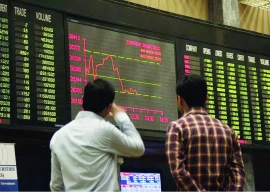
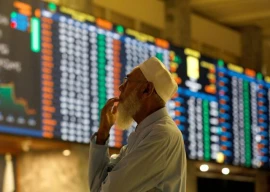


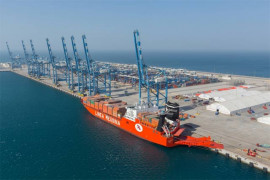


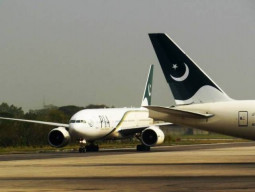
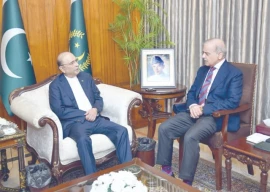








COMMENTS
Comments are moderated and generally will be posted if they are on-topic and not abusive.
For more information, please see our Comments FAQ